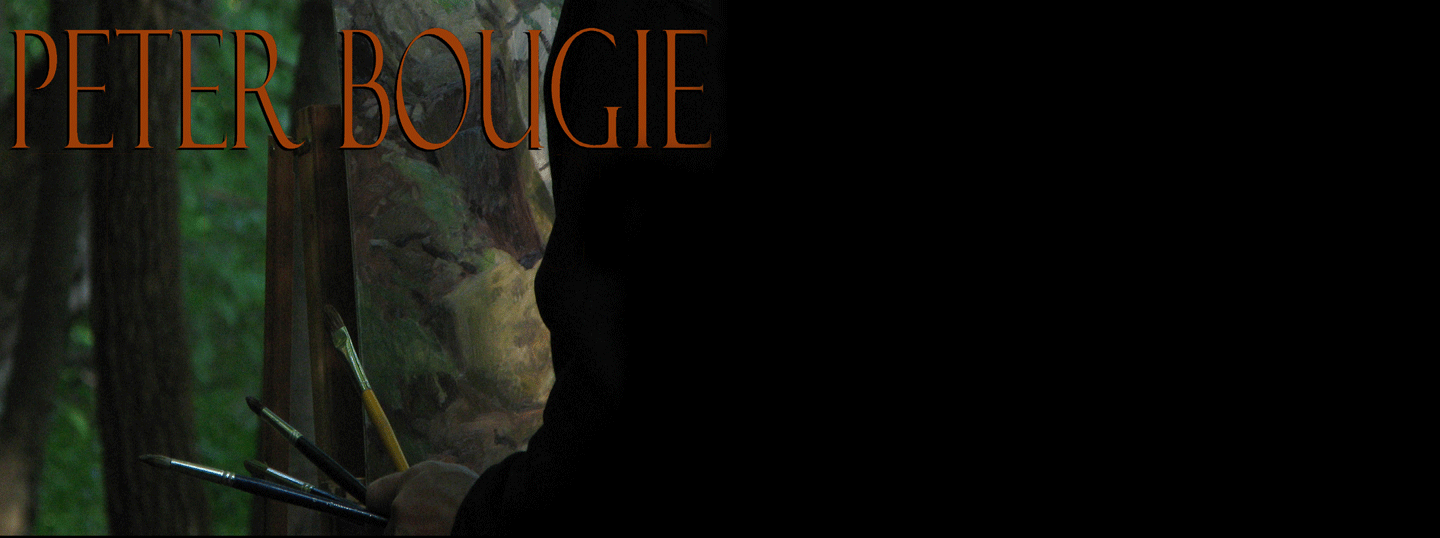The process of creating Luke 2:19 began with making studies
in charcoal and chalk on paper. The first study was for the infant Jesus. The
model for Jesus was 5-month-old Leona D., daughter of David and Jillian D. My
wife Nora was present at the birth of Leona on September 1 of 2016. Jillian would
visit with Leona and her siblings, Samson, 5 and Darlene, 3. Nora entertained
Samson and Darlene while Jillian sat for me holding Leona while she napped
after nursing. I would have 45 to 60 or 70 minutes to work before Leona would
wake up.
 |
| Jillian holding Leona Photo Copyright Nora Koch 2017 |
She remained very still while sleeping and it only took
three sittings to get the drawing of Leona’s head to an acceptable degree of finish.
Two or three more hours were required to sketch the hands and the halo. The
halo was drawn using several high-keyed pastels with varying warm and cool
tints; so, an element of painting was introduced into the drawing. I considered
including halos around both the baby Jesus and Mary in the painting, but
rejected the idea because I would have had to make the painting bigger to
include both the halos and the narrative elements in the background.
 |
| The Infant Jesus 15 1/2 x 9 3/4 Charcoal and pastel on paper Private collection Copyright Peter Bougie 2017 |
I sketched Jillian’s hands in the drawing from life. The
gesture of Mary’s hands is an important supporting element to the theme and
composition of the final painting. [See the painting here.] You will notice that the gesture of the
hands in the painting is different than in the drawing. We went through at least four variations of hand design before settling
on what is seen in the finished painting. In the end, Nora posed for the hands
due to her being more readily available to model than Jillian was.
 |
| Detail, Luke 2:19 private collection Copyright Peter Bougie 2017 |
In my opinion, drawing hands is at least as difficult as
drawing heads. The many parts need to relate to each other as correctly as the
features in a face. The arrangement of parts in hands is varied, complex,
subtle, and easy to distort. Likeness to the sitter is a secondary but not
negligible concern. Designing hand gestures is a tricky business by itself, as
is integrating them into the overall composition. What you imagine will look
good may have real problems when posed. The problems here included avoiding awkward
tangents with lines in the baby’s face; avoiding finger placement that obscured
the baby’s features, avoiding any arrangement of Mary’s fingers that looked
claw-like, and avoiding creating areas that combined intricate shape with
strong value contrast. The latter has the potential to unbalance the composition,
by causing the eye to linger too long on a secondary area of interest. On the
positive side, I wanted a relaxed and natural gesture that expressed motherly
tenderness and some tentativeness born of a sense of wonder. The final painting of the hands was not done
from studies, as were the heads of Mary and Jesus, but working directly from
life on the canvas, painting over a previous conception. (The corrections were
first made in grisaille (monochrome) to harmonize with the original underpainting,
with color being added in a finishing layer. Notes on the overall painting
technique will follow in a future post.)


No comments:
Post a Comment